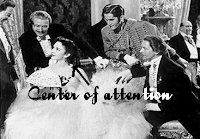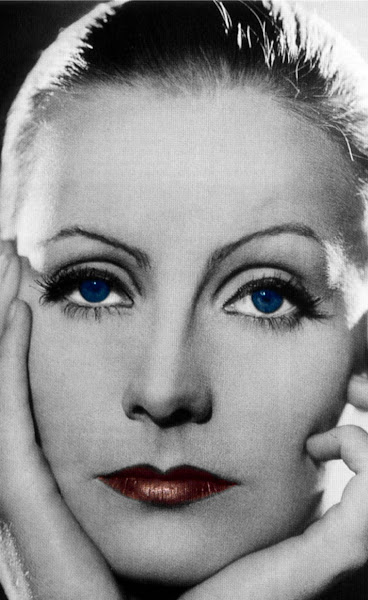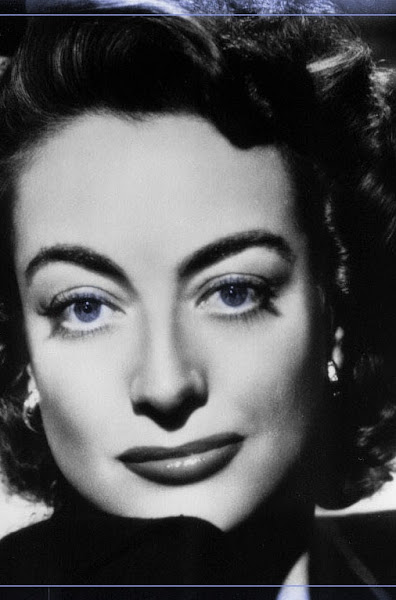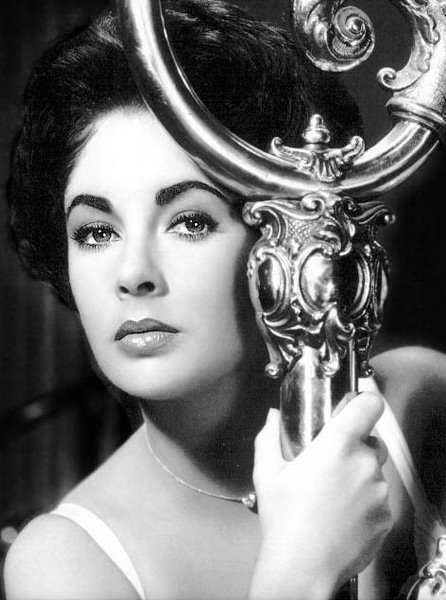
*Center of Attention: The Ball as the Center of Minnelli’s “Madame Bovary”*
Conceived in the splendor of MGM and director Vincente Minnelli, it should be no surprise that the heart of 1949’s “Madame Bovary” lies at a grand-scale ball where the protagonist, Emma Bovary, becomes the indisputable “center of attention.” This idea is articulated by the notion of circularity, constantly putting Emma at the center of the dances, subject to others admiring her radiance and beauty. In addition, it is achieved with the help of pans that embody the grandeur of her surroundings, costuming that gives her white dress the advantage of standing out, and framing that deliberately places her “front and center.” Furthermore, the camera sometimes becomes Emma’s perspective, and a series of point-of-view shots reflect both her self-awareness (in the mirror) and her feelings (with the 360-degree shot). An interesting dichotomy also persists regarding her power and her being overpowered at the ball, but with the people around her desperate to get her attention and their actions subject to her whims (breaking the windows) and especially because the dances end with her departure, Emma remains the veritable center of attention.
From even the beginning of the ball, the notion of the center of attention is present. In the first shot, a beautiful woman is surrounded by suitors who admire her. However, this quickly changes when a zoom out reveals several female partygoers and even the woman herself turning to look off-screen. A cut reveals the new center of attention to be Emma Bovary, waiting at the entrance with Charles. The Marquis immediately strides over to greet them and quickly escorts Emma to dance. Not only does Emma wear a white dress that makes her stand out from the rest of the guests, the long shot of all of the dancers with Emma in the foreground reveals circular motion with her at the center. Emma dances with them, but they dance around her. In fact, as they turn, at every brief pause, a man near her will deliberately turn to look at her. In contrast, Charles sees the men engaged in a game of pool, but as he clumsily tries to enter the center of the group, thus becoming the center of the frame, he is ignored and shut out. He lacks the charm and beauty of his wife, who is intended to be the ball’s true center of attention.
Later, while dancing to an up-tempo song, the idea of circularity continues to be present, as Emma bounces from man to man in a circular dance motion, always the center of the frame’s attention thanks to crane shots and pans. During another dance, the camera is stationary near the floor, with Emma still prominently at the center. All of this importance is curious because subsequent shots of the guest reveal her to be called “some doctor’s wife,” the doctor being “a peasant.” However, she continues to receive the greatest amount of attention because of her radiant beauty, even though the guests curiously do not bother to extrapolate their sentiments of Charles onto his wife.
This is revealed when four suitors rush to her side at the beginning of the waltz, asking her to dance. When she turns down their proposals, she looks off-screen to the left. The next shot is her point-of-view, which has been absent until this time. Emma gazes up into an ornate mirror, a center of white surrounded by a throng of men in black suits. This shot reflects her beauty, but relays Emma’s first perspective of herself, engendering narcissism and self-importance since the men are no longer looking at her. However, a handsome man, who viewers will learn is Rodolphe, comes quickly from off-screen to the right and takes Emma’s hand, demonstrating that her beauty continues to verify her importance. Because she asserts that she cannot dance the waltz, she and Rodolphe become part of the crowd, though still maintained at the center of the frame and followed with sweeping pans. However, as the camera zooms closer, Emma has gained confidence enough to become the veritable center of attention again. The 360-degree shots that follow generate the idea of circularity, although the camera is technically at the center of the ball. However, Emma is at the center of the frame, and the camera’s perspective becomes everyone’s perspective as they watch her intently.
Meanwhile, the music gets faster and more bewildering, also reflecting how Emma is becoming more and more overwhelmed in the moment. The next shot is a 360-degree shot that spins around the room—things that spin so quickly convey feelings of physical sickness, so the camera, as Emma’s perspective, reflects her feeling somewhat out-of-control. She says, “I can’t breathe,” and in an orchestration as powerful as the one playing diegetically, the dancers, servants, and music cooperate in rhythm as the windows are smashed, Emma spins by, and the music swells. All the while, Emma is put in control of her surroundings as she watches them occur, having been because of her, even if she is simultaneously overwhelmed by them.
However, the shattering of windows and glasses also “shatters” her moment, as the inebriated Charles suddenly becomes coherent enough to step into the foreground, unknowingly stealing Emma’s spotlight. The whirlwind of music and dancing comes to its climax as Charles disrupts it, destroying Emma’s control, and she runs off, leaving him behind to accept the displeased stares of the dancers who have stopped off-screen. When Emma runs away, the party no longer has the power to continue. Emma has thus been the life of the party—the center of attention.
Thus, the clever combination of mise-en-scène, shots, and score exemplify the grandeur and exciting, overwhelming feelings of the ball as Emma controls it. Framing and circularity also prominently foreground Emma in order to propel her to stardom as the “center of attention,” and thus, “the center of the universe”—a universe of the elite that does not care who she is, simply that she is beautiful.
May 13, 2009
Random Musing: Madame Bovary (1949)
Labels:
random musings
Subscribe to:
Post Comments (Atom)

.jpg)

.jpg)
.jpg)

No comments:
Post a Comment